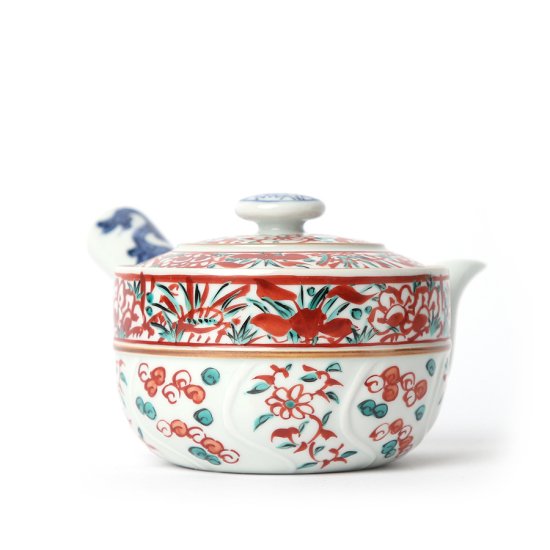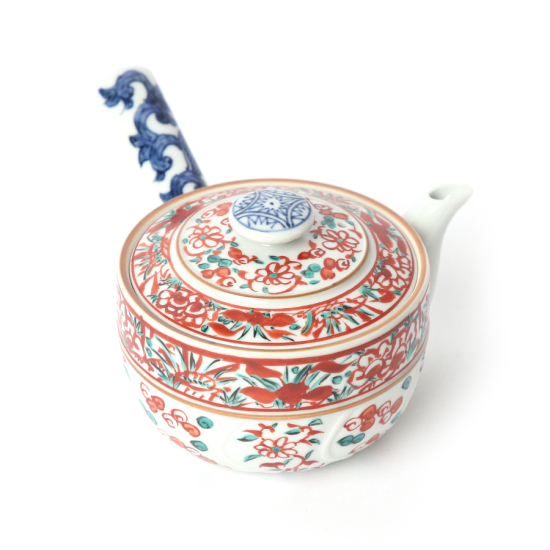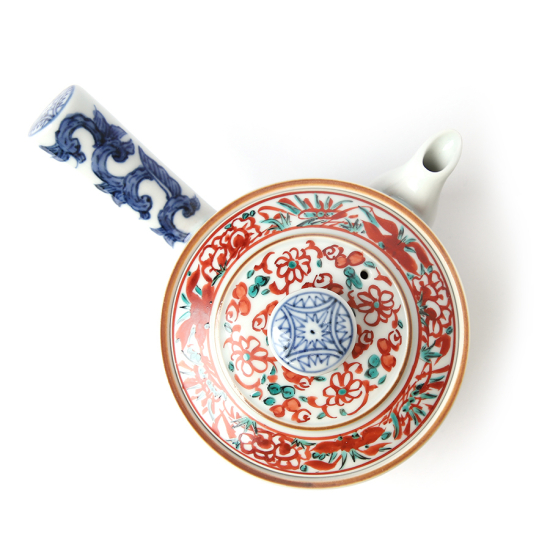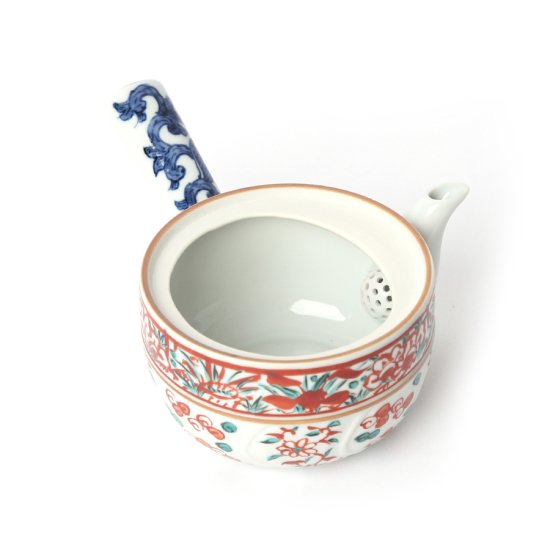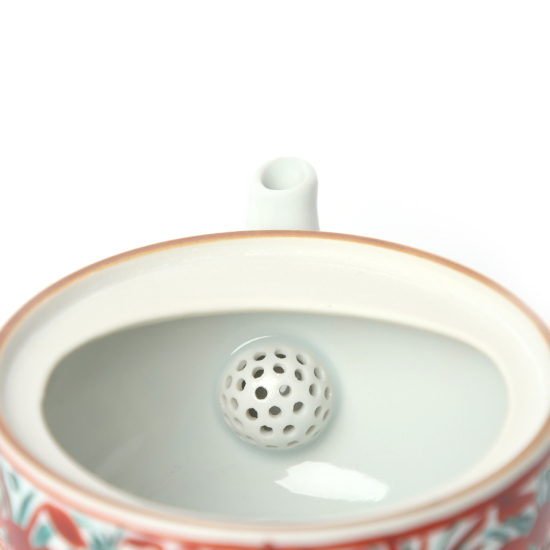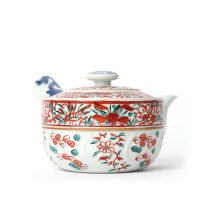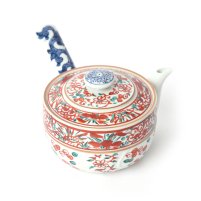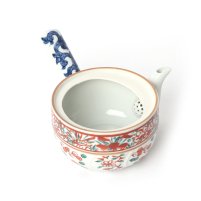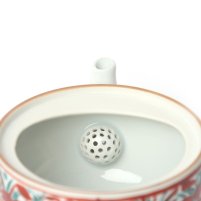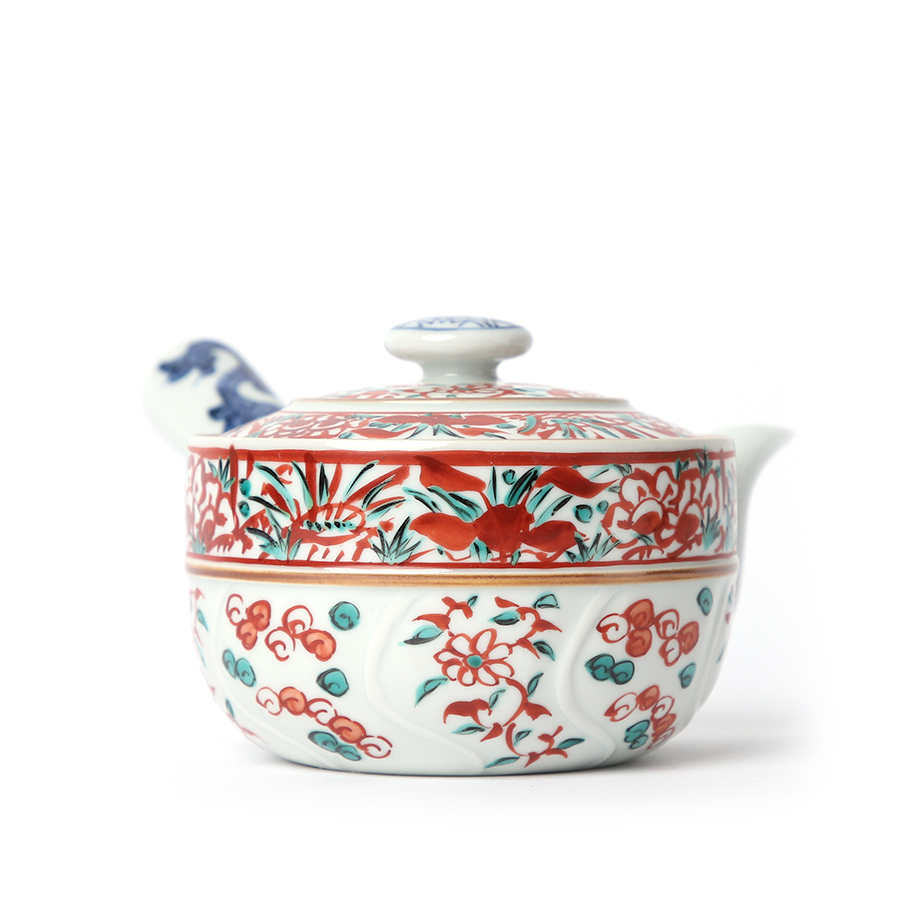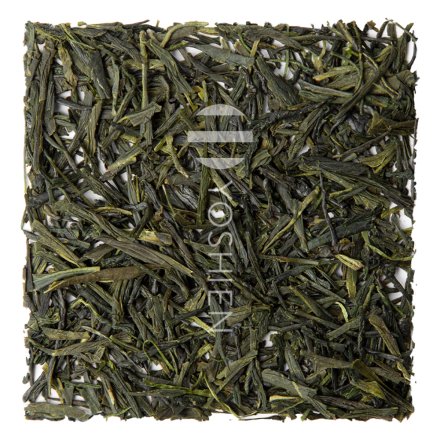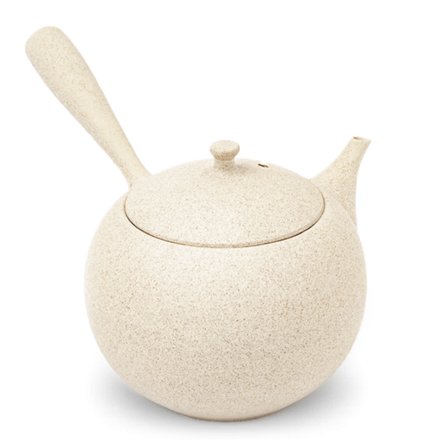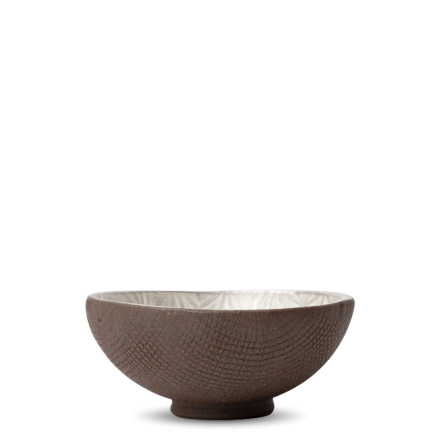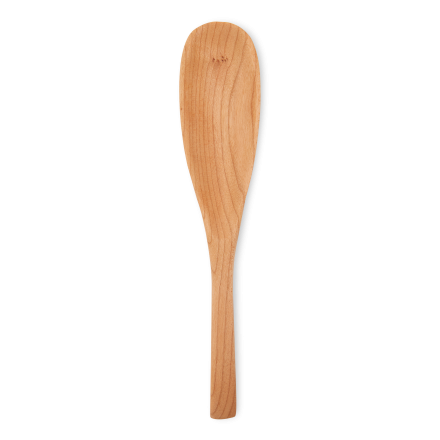To care for high-quality Japanese ceramics, low-limestone, soft water should always be used for all preparation and cleaning steps.
A kyusu should first be warmed with warm water before the actual tea preparation so that the clay can react better with the tea leaves. Only then are the tea needles put in with a wooden spoon. Depending on taste, variety and quality, 1-3 heaped teaspoons per person are recommended. Advanced connoisseurs usually prepare the tea much stronger than beginners, who are less accustomed to the intense taste and bitter substances.
Now pour the water carefully and slowly over the leaves, ideally from a yuzamashi (vessel for cooling the water after boiling) of the same or similar clay and firing. For better results, fill the water only to the top third of the sieve. During the brewing time, please close the lid.
To pour, hold the kyusu with one hand so that the thumb rests on the knob. Make sure that the small opening on the lid is at the same level with the spout. Then pour the tea slowly into the cup in several puffs and drink it fresh. If several cups are being filled, they should be poured in small steps one after the other to achieve an even result for all cups. At the end of the pouring process, carefully but firmly jerk the kyusu downwards repeatedly with both hands to extract the last, particularly rich drops from the tea.
Then leave the kyusu closed for the next infusion. After the last infusion, remove the tea completely from the kyusu and rinse it vigorously with water only. Do not scratch or otherwise clean the inside. Finally, rinse the inside and outside of the pot with low-limestone, soft water in order to avoid detrimental limescale deposits. Briefly rub the outside with a clean cloth, then leave the kyusu open to dry completely.



